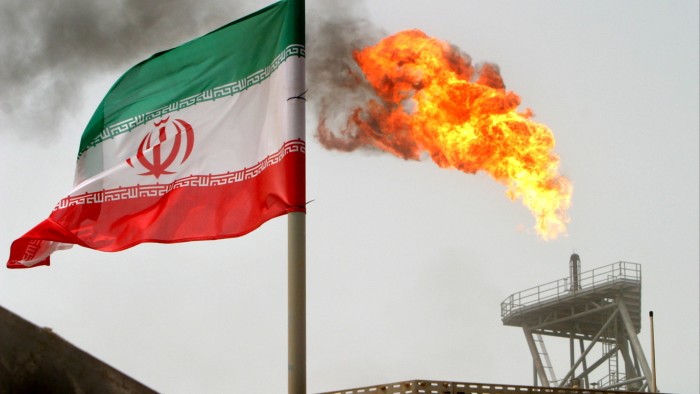China retail sales jump while industrial growth slows on trade war turmoil
Stay informed with free updates
Simply sign up to the Chinese economy myFT Digest — delivered directly to your inbox.
China’s industrial output growth slowed in May but consumer spending picked up, according to official data, highlighting uncertainty for the world’s second-largest economy as it navigates a trade war with the US.
Industrial production last month expanded 5.8 per cent year on year, the National Bureau of Statistics said on Monday, its slowest pace this year and down from 6.1 per cent growth in April.
Retail sales grew 6.4 per cent, beating analysts’ forecasts and the fastest expansion since December 2023.
China has for years struggled to boost consumer demand, which has become a top priority for President Xi Jinping’s government as the economy contends with deflation and a property sector slowdown now well into its fourth year.
The onset of a full-blown trade war with the US has added to pressures on China’s economy. Manufacturing activity, an important source of growth in recent years given weak consumer spending, declined in April and May. Exports to the US dropped 34 per cent last month, the steepest fall since the beginning of the Covid-19 pandemic.
The US and China struck an agreement in London last week to preserve a truce in their trade war and lower tariffs from levels as high as 145 per cent. But the additional levies and wider tensions between the powers continue to cast uncertainty over the global economic outlook.
Zichun Huang, China economist at Capital Economics, said that, while retail sales growth represented a “bright spot” in China’s economy, the recent trade war truce “was not enough to prevent a broader loss of economic momentum last month”.
Slower industrial output growth was partly a result of “weaker external demand”, she added.
Real estate data released on Monday also showed continued pressure on the economy, years after a cash crunch set off a wave of defaults among Chinese property developers.
Property investment has declined 10.7 per cent over the January-to-May period compared with the same period a year earlier.
New home prices across 70 of China’s biggest cities dropped 0.2 per cent on average in May on a month earlier, faster than April’s decline, though the year-on-year fall of 4.1 per cent marked an improvement on last month’s rate.
Beijing has launched various supportive measures for the sector, including cuts to mortgage rates, a programme to use unsold properties as social housing and a drive to complete unfinished real estate projects.
The health of the housing market is seen as an important gauge of domestic confidence. Data last week showed consumer prices fell 0.1 per cent in May, the fourth straight month of decline, adding to concerns over domestic demand.
Analysts at Goldman Sachs said retail sales growth was supported by an earlier-than-usual online shopping festival in China, which they said “pulled forward some demand from June to May”.
They forecast further policy easing measures in the second half of the year, given “prolonged property weakness, increased labour market stress and the unsustainability of export frontloading”.
Additional reporting by Haohsiang Ko in Hong Kong




